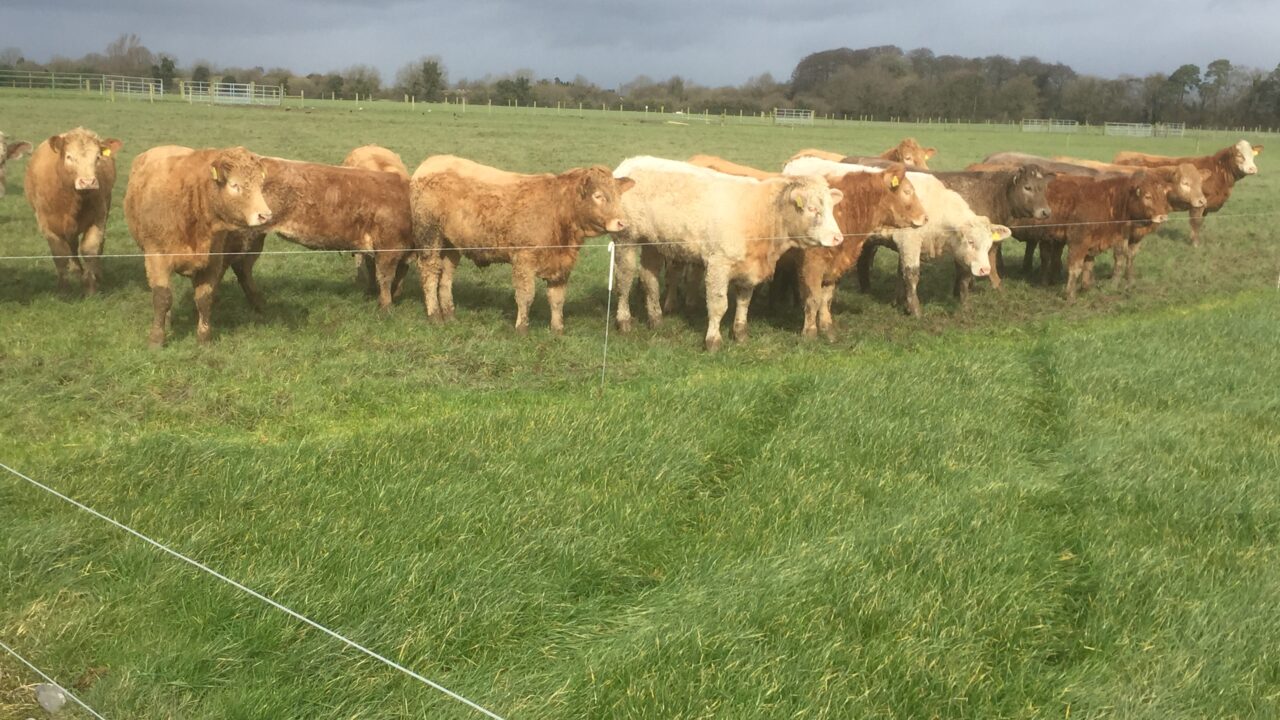There was some ease in the number of cattle slaughtered at Department of Agriculture approved beef export plants last week.
Overall, the number of cattle slaughtered during the week ending April 24 declined by almost 4% compared to the week earlier, figures from the Department’s beef kill data show.
The fall occurred as the number of prime cattle (steers, heifers and young bulls) killed during the week ending April 24 dropped by 3% compared to the week before, when prime cattle throughput was back by 1%.
Official figures show that the number of steers slaughtered last week fell by 8.5%, but young bull throughput increased by 8.6%, while there was no change in the heifer kill.
However, despite the ease in prime cattle numbers, there has been little change reported in the prices paid for these animals at factories.
Figures from the Department of Agriculture also show that there has been a fall in the number of aged bull and cow slaughterings, which have dropped by 2% and 4% respectively.
According to Bord Bia, cattle numbers are likely to tighten over the next couple of months, before grass cattle come on stream in the second half of 2016.
It also expects the number of cattle coming forward for slaughter to jump by 60,000-80,000 in the second half of the year.
The cumulative cattle kill is running 3% or 16,210 head higher this year compared to the same time in 2015.
The Department’s figures show that the majority of this increase is due to a jump in young bull throughput, which is up 32% or 18,344 head this year.
It also shows there has been little or no change in the number of steers and heifers slaughtered so far this year.
But, there has been a decline in the number of cows and aged bulls slaughtered, which have declined by 2% (2,055 head) and 20% (11,289 head) respectively.
Cumulative beef kill
